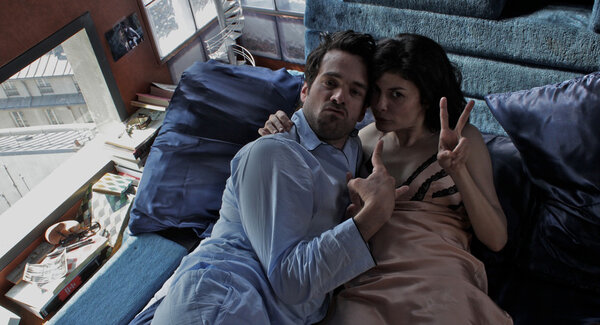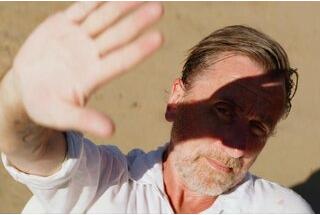Mood Indigo
L'Ecume des JoursAs an example, I have departed the Gare Saint-Lazare for the studios at Epinay alone with Michel and our Red Epic (small version), filmed the railway station, and used this shot immediately upon arriving at the studio on an overhead projecting it behind a train car on set (no developing, no loop created on the computer). With Christophe Grelier’s help, we sometimes came up with fantastic triple digital overhead projections.
Michel Gondry chose the Red Epic because he said that it looked like the very first cameras ever created, “a little box”. I used to use it a lot in its simpler version (for shooting in cars and other tight spaces). All of the scenes were filmed without any change in light. I created the lighting and then we shot with the camera on my shoulder until the very end of the scene (shots, counter shots, and even wide shots). My gaffer followed me around as best he could with a flag or a Dedo, and sometimes it was even Michel with a pocket torch.
The film transitions from vivid colour (including the sets) to black and white, and frankly, every scene has its own vocabulary and its unique details. Some might say that it is a strange mixture, but in the end, the only goal of the whole concoction was to tell the (doubtlessly singular) story as best we could.

I used sample photo for the light fittings because the first time we filmed the bedroom from newspaper Libération’s roof, and then later on again on set, and we mixed the different shots to create the scene.
Équipe
Focus-Puller : Luc PalletKey Grip : Stephan Thiry
Gaffer : Jean-Pierre Lacroix
Technique
Camera equipment : TSF GroupCamera : Red Epic
Lenses : Master Prime and Schneider (at the end of the film)
Postproduction : Mikros image
Digital color grading : Magali Leonard
 En
En Fr
Fr




